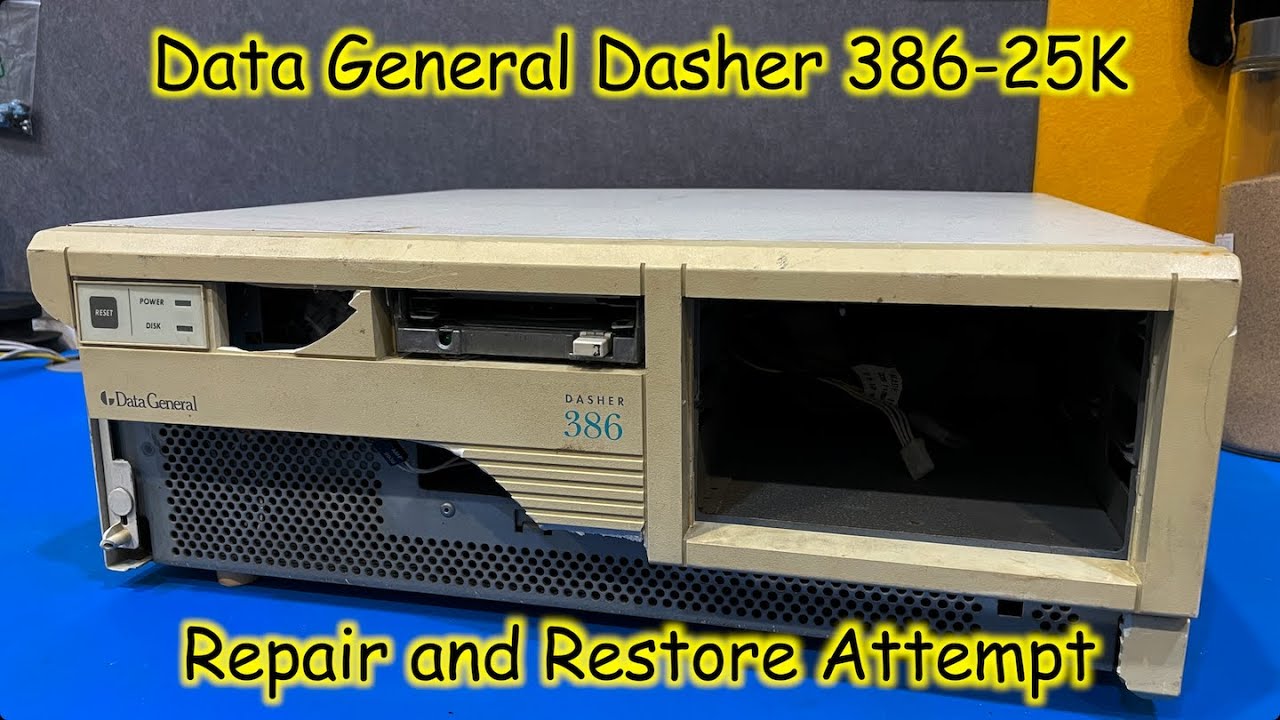Don’t ask me how I was able to voice it over by rambling for over an hour, The video should be high enough quality at 4K for all the photos to show up nice, clean and any text should be readable.
@Pendleton115 I threw in a bit about your iMac G4 rebuild because let’s be honest, halloween is the best time of year! ![]()
@SuperNick I look forward to trying out the microscope! ![]()
I hope someone enjoys or finds the photos useful. My rambling isn’t that useful but the photos should be of great help for any future visitors.
All the best and congratulations to all who won the RetroChallenge 2022/10! ![]()
